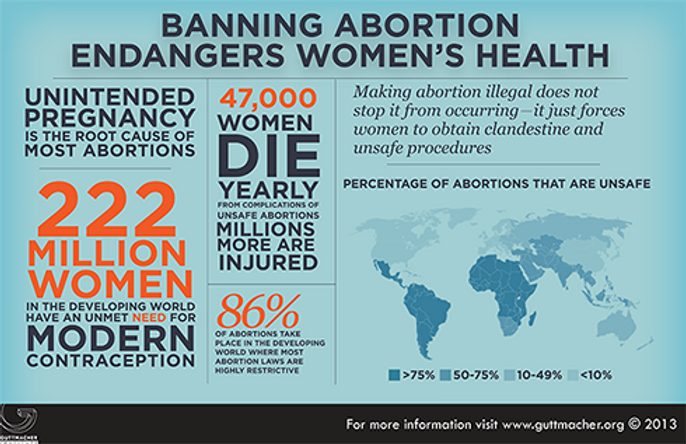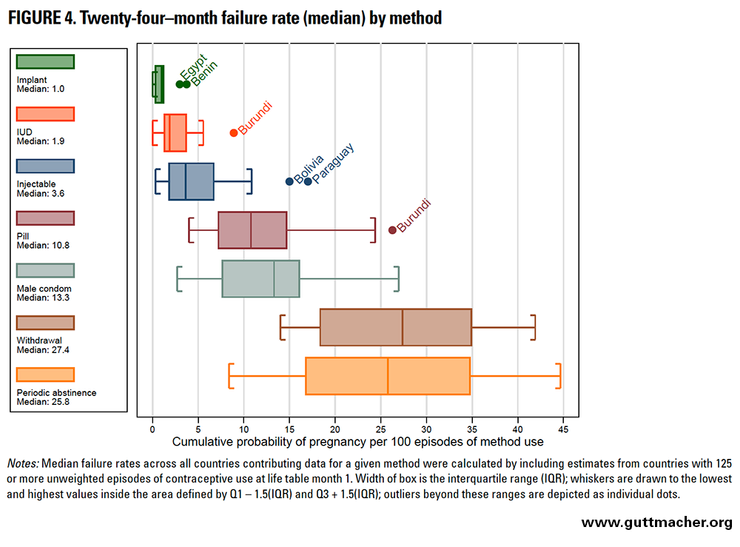’11 Thoughts On 11 July 2020 , World Population Day ‘ by Dr Suchitra Dalvie
1: This day has been observed by the UN and its agencies since 1989.
It was inspired by the public interest in Five Billion Day on July 11, 1987, the approximate date on which the world’s population reached five billion people.
The original idea was to highlight the ‘problem of overpopulation’ but the themes have been broader in the last few years.

2: This year the theme is based on safeguarding the health and rights of women and girls around the world especially during the time of COVID-19 pandemic. A recent UNFPA research highlighted that if the lockdown continues for 6 months, and there is major disruption to health services, then 47 million women in low and middle-income countries might not have access to modern contraceptives.
3. This would in turn lead to 7 million unintended pregnancies. Approximately half of these would also be unwanted. Hence, creating a need for 3.5 million safe abortion services.
4:Annually, over 3.2 million unsafe abortions take place globally. This is partly because their access to safe abortions is highly restricted. The infographic below shows what happens when abortions are restricted or banned.

5.Worldwide, approximately 85 million pregnancies (40% of all pregnancies) were unintended in 2012. In the developing world, 74 million unintended pregnancies occur annually, of which a sizable share, 30%, are due to contraceptive failure among women using some type of contraceptive method (whether traditional or modern).
(Contraceptive failure rates in developing world: An analyses of demographic and health survey data in 43 countries)

6:The International Conference on Population and Development held in Cairo in 1994 was a turning point in the way we thought about population. The conversation shifted from demographics to individual rights and we need to ensure it stays that way. In these difficult times with the global pandemic and also the growing awareness of environment and renewable energy we need to remember to always focus on the carbon footprint of the global North and not only the population ‘explosion’ of the global South.
7. Many countries in Asia currently have the youngest population they have ever had in history. This can be a huge asset if governments invest in youth with improved access to education, universal health and employment opportunities.

8. However, in some countries in Asia, like Singapore, the fertility rate is below replacement levels. In other countries, like Japan, there is an increasing greying of the population as well as changing social norms which are resulting in a lower number of children being born. So, the governments in these countries are encouraging their citizens to have more babies through incentives and rewards.
9. It is thus important for us to remember that despite the gains made in ICPD in 1994, governments will always attempt to control populations either for an increase or a decrease through incentives or disincentives, disregarding any consequent violation of citizens’ rights. We have seen this with the one child policy in China, two child policy in India and population growth incentives in countries like Russia. The justification given is usually economic or demographic but we must always remember to ask who always benefits from these policies!

10. Although adolescents aged 10-19 years account for 11% of all births worldwide, they account for 23% of the overall burden of morbidity and mortality due to pregnancy and childbirth complications, including unsafe abortions.
11.Here’s a video in which Hans Rosling explains how better child care is key to reducing population growth, and improving the quality of life for all. In this video he explains the dynamics of population growth and how a younger population will continue to show a growth in numbers despite a reduced total fertility rate.





